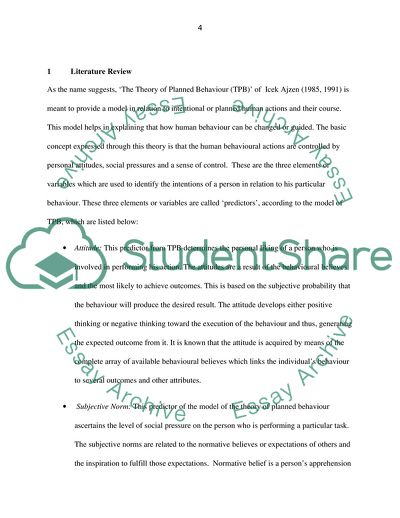Cite this document
(Using the Mobile Phone to Send a Text Message Whilst Driving Research Paper, n.d.)
Using the Mobile Phone to Send a Text Message Whilst Driving Research Paper. Retrieved from https://studentshare.org/psychology/1738888-data-analsis-report
Using the Mobile Phone to Send a Text Message Whilst Driving Research Paper. Retrieved from https://studentshare.org/psychology/1738888-data-analsis-report
(Using the Mobile Phone to Send a Text Message Whilst Driving Research Paper)
Using the Mobile Phone to Send a Text Message Whilst Driving Research Paper. https://studentshare.org/psychology/1738888-data-analsis-report.
Using the Mobile Phone to Send a Text Message Whilst Driving Research Paper. https://studentshare.org/psychology/1738888-data-analsis-report.
“Using the Mobile Phone to Send a Text Message Whilst Driving Research Paper”, n.d. https://studentshare.org/psychology/1738888-data-analsis-report.


